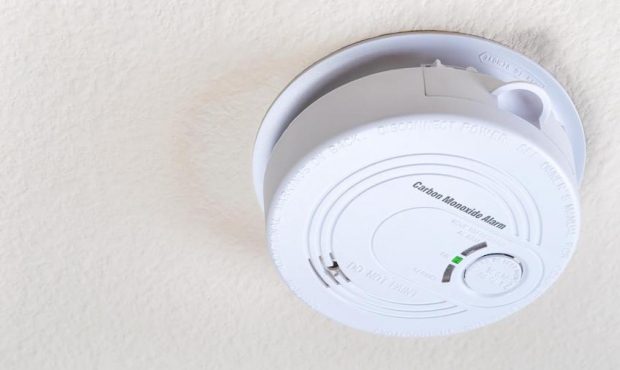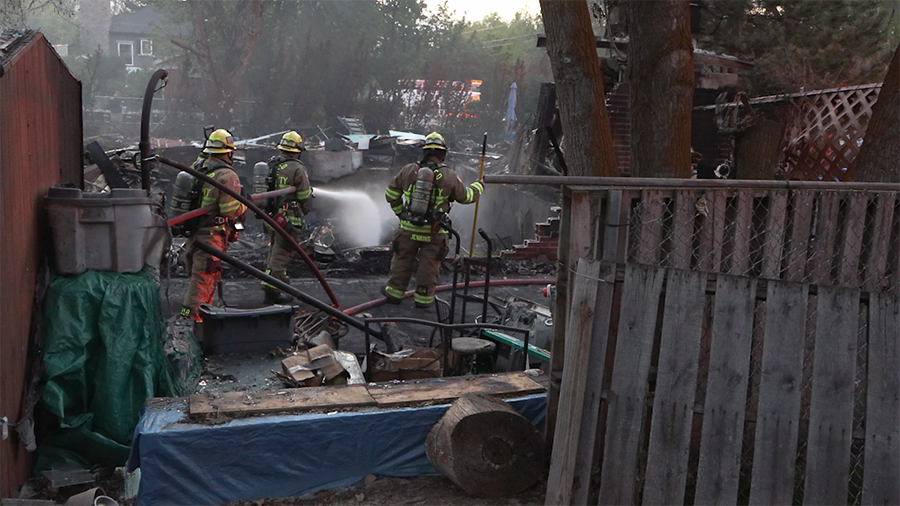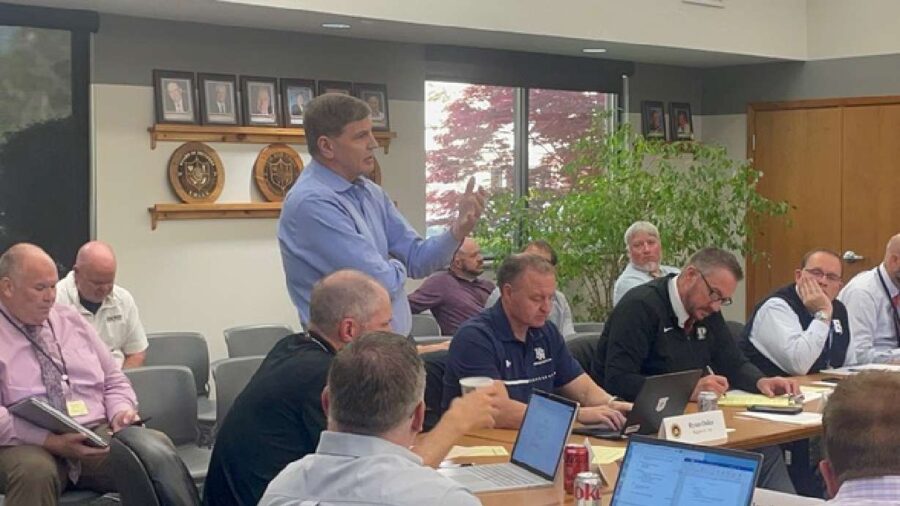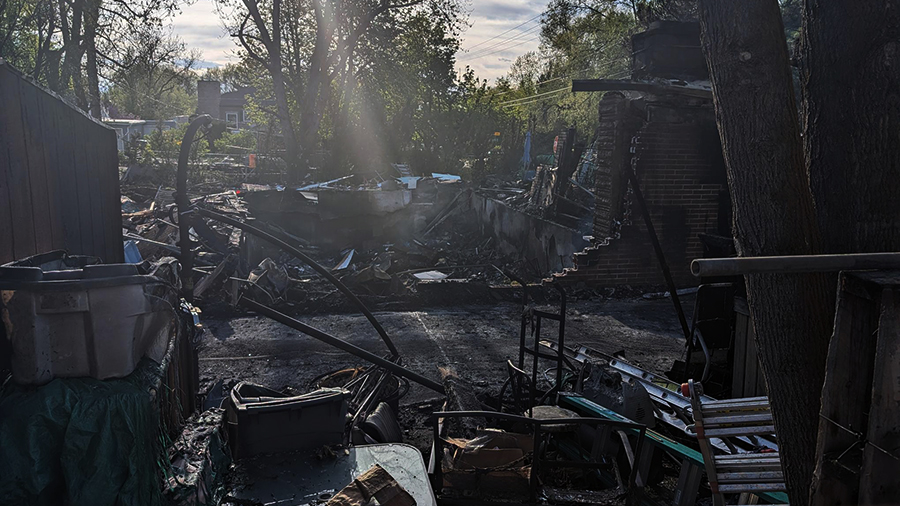Beware of the ‘invisible killer’ while trying to stay warm
Jan 5, 2022, 8:45 AM | Updated: 9:13 am

FILE PHOTO (nidirect.gov.uk)
(nidirect.gov.uk)
SALT LAKE CITY — Frigid temperatures come with an increased risk for carbon monoxide poisoning. Intermountain Healthcare physicians are reminding folks to be careful of the deadly and invisible gas as use of fuel-burning heating equipment increases. Residents are encouraged to use only approved heaters and make certain that carbon monoxide (CO) are installed and working.
“When the furnaces turn on, the carbon monoxide detectors should also get a checkup,” said Dr. Marc Robins, Intermountain Healthcare Medical Group hyperbaric medicine specialist. The gas can also come from automobile exhaust, a faulty furnace and small gas engines. Other fuel-operated machines present danger.
Carbon monoxide can be produced from any fuel-burning heating equipment. This includes chimneys, fireplaces, furnaces, gas stoves, portable generators, space heaters and water heaters. Poorly ventilated spaces also present dangers with automobile exhaust, faulty furnaces and small gas engine. CO is colorless, odorless and tasteless. The poisonous gas — known as the “invisible killer” — is virtually undetectable by humans. It’s the No. 1 cause of death by poisoning in the United States.
CO is colorless, odorless, tasteless and a poisonous gas. Because it is virtually undetectable by humans, it’s dubbed the “invisible killer.” In the United States, it is the number one cause of death by poisoning.
“Unfortunately, some of the symptoms that come with carbon monoxide poisoning mimic COVID and flu symptoms – headache, fatigue, dizziness, nausea, aches, and pains,” Robins added. “If you suspect you or someone in your family have been exposed to high levels of carbon monoxide you should leave immediately and seek help.”
The Centers for Disease Control and Prevention notes that more than 400 people in the U.S. will die from unintentional CO poisoning each year. More than 20,000 people visit emergency rooms following incidents. Intermountain Healthcare patients with carbon monoxide poisoning are treated with high-flow oxygen, often in a hyperbaric chamber, to reduce the risk of permanent brain damage. Even so, once poisoned, disability can still occur in terms of permanent brain or cardiac injury.
Thus, avoidance and prevention are important. As such, Intermountain Healthcare is offering the following suggestions to reduce the risk of exposure:
– Schedule an annual check-up, for your furnace and hot water heater.
– Every home and business should have a carbon monoxide monitor and alarm.
– Check any chimney flues for blockage.
– Don’t keep cars running in enclosed spaces, such as garages.
– Be aware of symptoms.













